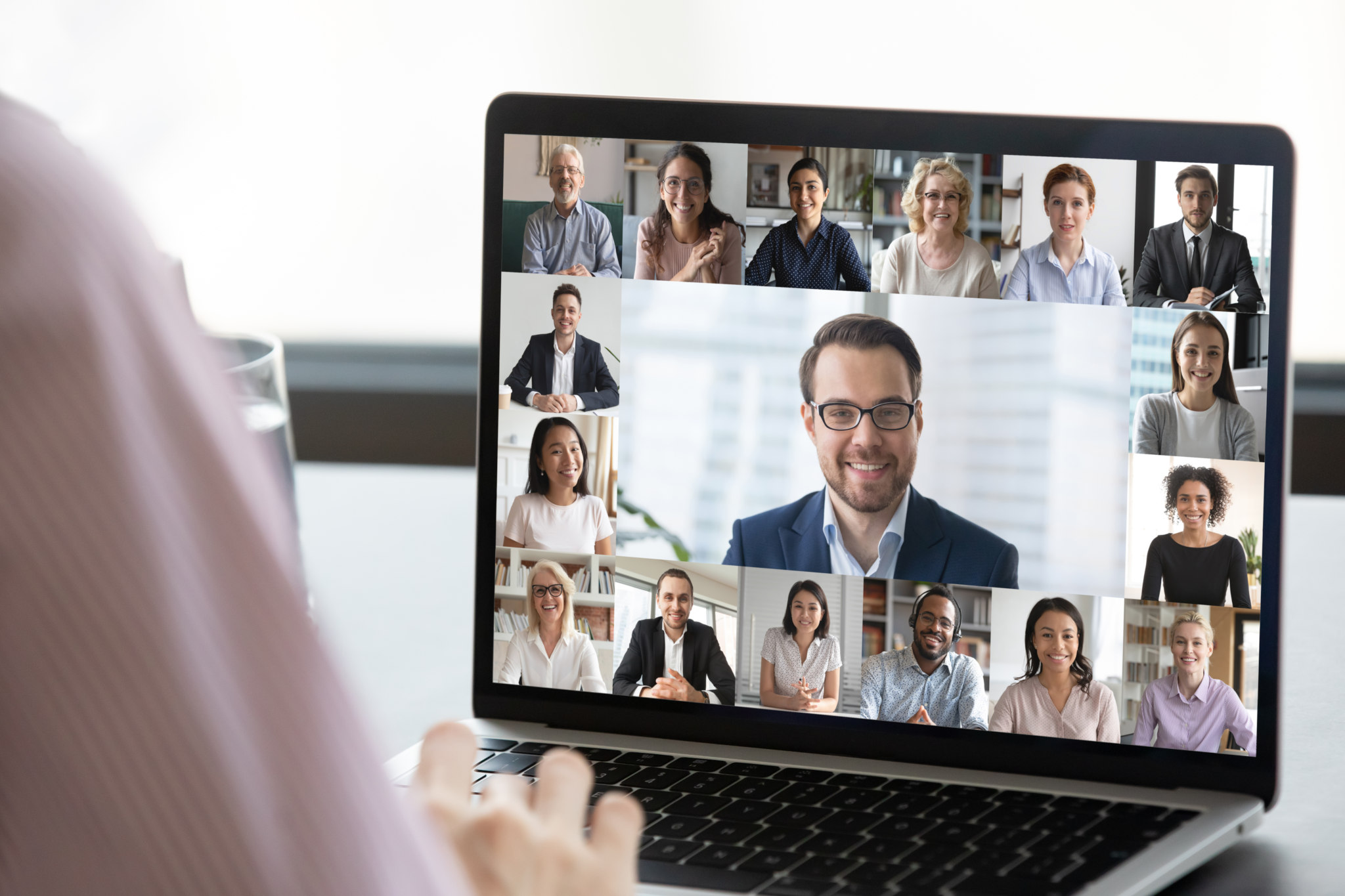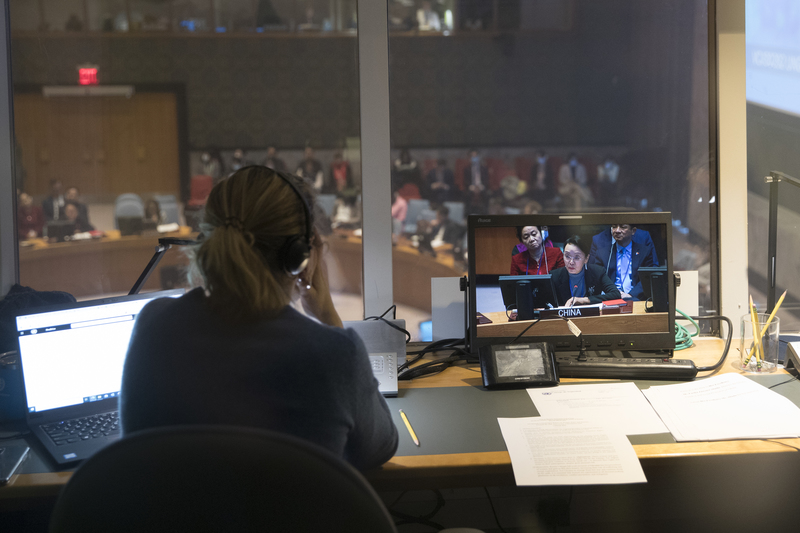The landscape of document translation is undergoing a rapid transformation, driven by technological innovation and shifting global demands. As we approach 2025 and look further into the future, several key trends are emerging that will redefine how we approach language barriers, ensuring accuracy, efficiency, and cultural relevance.
Technology at the Forefront: A New Era of Translation Tools
The most impactful chaanges are undoubtedly in the realm of technology. While machine translation has been around for some time, its capabilities are evolving at an unprecedented pace. We’re moving beyond simple word-for-word substitutions towards sophisticated, context-aware solutions.
One of the most exciting developments is the advent of Generative AI. Unlike traditional machine translation that relies on pre-programmed rules or statistical models, generative AI, powered by large language models (LLMs), can understand nuances, context, and even tone, producing translations that are far more natural and human-like. This means less post-editing and a higher quality initial output, especially for creative or complex texts. Imagine feeding a marketing brochure into an AI system and getting back a translation that not only conveys the message but also maintains the original’s persuasive flair. This technology is set to revolutionize the speed and scale at which documents can be translated, making high-volume, quick-turnaround projects more feasible than ever.
Beyond text, voice-to-text translation is also maturing rapidly. This isn't just about transcribing speech; it's about real-time, accurate conversion of spoken words into written form in another language, retaining the semantic meaning and intent. This has immense implications for global communication, from international conferences and business negotiations to legal depositions and medical consultations. The ability to instantly transcribe and translate spoken content will streamline workflows and open up new avenues for cross-cultural collaboration, reducing the need for separate transcription and translation steps.
Another critical innovation poised to impact document translation is blockchain certification. In an increasingly digital world, the authenticity and integrity of translated documents are paramount, especially for legal, medical, or financial records. Blockchain technology offers an immutable, transparent, and secure way to verify the origin and accuracy of a translation. Each translation could be stamped with a unique, verifiable digital signature on a blockchain, preventing tampering and ensuring that the document is exactly as it was certified. This builds immense trust and reduces the risk of fraud, a significant concern in international transactions and official procedures. For high-stakes documents, this level of security will become an expectation, not just a luxury.
Expanding Horizons: Market Growth and Evolving Demands
The demand for translation services isn't just growing; it's diversifying geographically and qualitatively. While traditional markets in North America and Europe remain strong, the significant surge in demand is coming from emerging markets, particularly in Asia and Africa. As these economies expand and integrate more deeply into the global marketplace, their need for seamless cross-cultural communication intensifies. Businesses are looking to localize their products, services, and marketing materials for these burgeoning consumer bases, creating a massive demand for translation into languages like Mandarin, Hindi, Arabic, Swahili, and numerous others. This trend highlights the need for translation providers to expand their linguistic capabilities and cultural expertise, moving beyond the traditionally dominant European languages.
Alongside this geographical expansion, clients' expectations are becoming more sophisticated. The days of generic, one-size-fits-all translations are fading. Instead, clients are increasingly demanding customized translation services, tailored precisely to their industry, brand voice, and specific needs. This includes the development and utilization of industry-specific terminology databases (termbases) and translation memories (TMs). For a legal firm, ensuring the precise translation of legal jargon is non-negotiable; for a medical device manufacturer, accuracy in technical specifications can be a matter of life and death. Clients expect their chosen translation partner to understand the intricacies of their domain and to employ tools and processes that guarantee consistency and accuracy of specialized vocabulary. This shift towards personalization reflects a deeper understanding that effective translation is not just about language, but about subject matter expertise and brand alignment.
The Human-Machine Partnership: A Collaborative Future
Perhaps the most profound shift, and one that underpins many of the aforementioned trends, is the evolution of human-machine collaboration in translation. The fear that AI will completely replace human translators is largely unfounded. Instead, we are moving towards a symbiotic relationship where technology augments human capabilities rather than displacing them.
AI and machine learning are increasingly handling the initial heavy lifting – rapidly translating large volumes of text, identifying potential errors, and suggesting improvements. This frees up human translators to focus on what they do best: applying nuanced linguistic and cultural understanding, performing critical quality assurance, refining stylistic elements, and ensuring the translation resonates perfectly with the target audience. The role of the human translator is evolving from a sole creator to a sophisticated editor, post-editor, and cultural consultant, working in tandem with advanced AI tools.
This collaboration leads to faster turnaround times, increased consistency, and ultimately, higher quality translations at scale. Human creativity, critical thinking, and cultural intuition remain indispensable, especially for marketing content, literary works, and sensitive communications where subtle meanings and emotional impact are crucial. The future of document translation isn't about machines or humans, but about the powerful synergy created when both work together, leveraging their respective strengths to achieve unparalleled results.
In conclusion, the future of document translation in 2025 and beyond is dynamic and exciting. It's a future where AI-driven technologies provide speed and scale, blockchain ensures security, emerging markets drive demand, and customization becomes the norm. At its heart, however, it remains a field where human expertise, cultural insight, and meticulous attention to detail are invaluable, ensuring that global communication is not just functional, but truly effective.
In today's fast-changing global landscape, choosing a translation partner that anticipates tomorrow's trends and delivers exceptional service is essential. At Artlangs Translation, we leverage cutting-edge technology and deep industry expertise to provide precise, efficient, and customized multilingual solutions-helping you overcome language barriers and unlock opportunities around the world.











